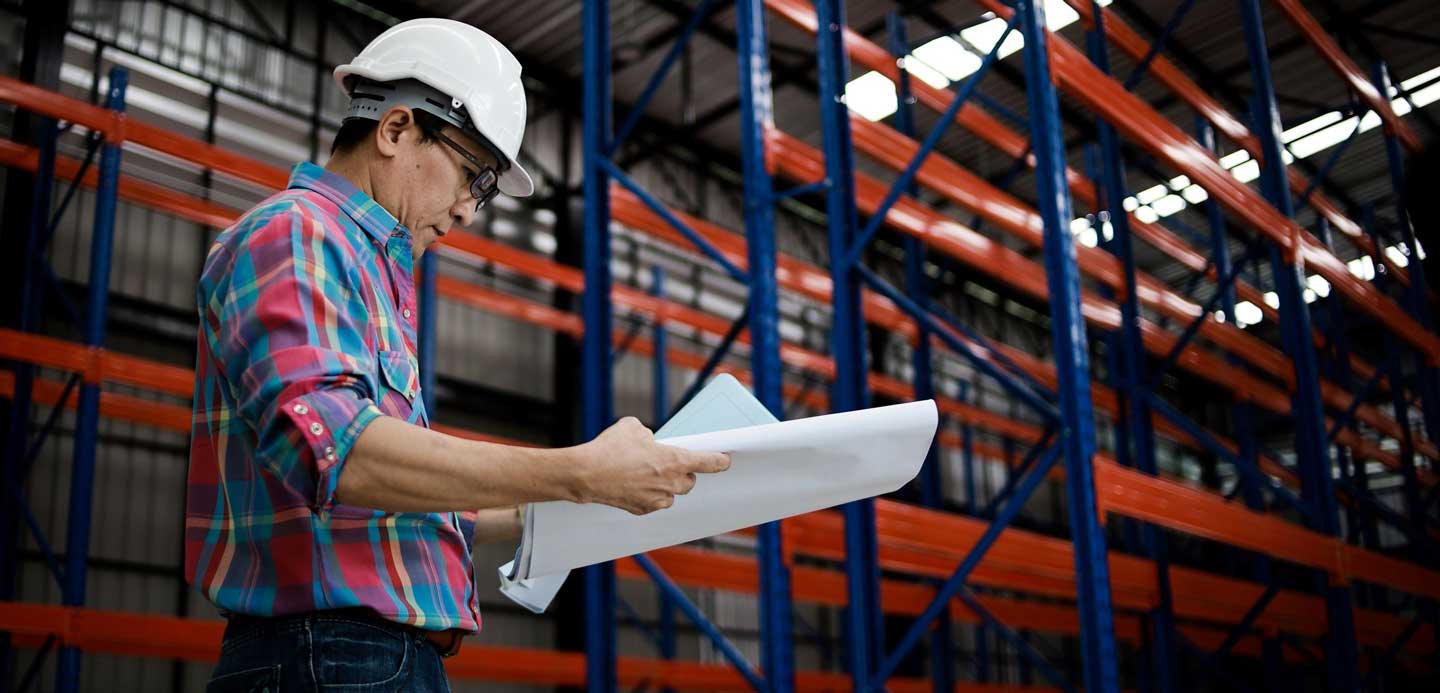- 3 minutes
- Article

- Support
- Market Research
Navigating the supply chain transformation for UK manufacturing
HSBC UK’s Head of Manufacturing & Indsutrials explores how UK manufacturing firms have been reacting and adapting to the transformation of global supply chains.
Over the past few years, global trade flows have been unprecedentedly affected by the Covid-19 pandemic, supply chain disruptions, Brexit and a changing geopolitical landscape. UK manufacturing has been disproportionately impacted by these events due to its reliance on international trade, with the sector accounting for approximately 50% of UK exports and billions of dollars of imports of components and raw materials each year. Whilst businesses have coped remarkably, these events have pushed supply chain resilience, alongside sustainability, to the top of management teams’ agenda across the sector.
Shifting global trade patterns
The impact of these changing priorities on global trade patterns has been highlighted in a recent report by McKinsey, which indicates that a longer term shift is well underway. The USA, notably, has led the way in this regard, reducing import concentration by 18% between 2017 and 2023 and similarly, reducing the geopolitical distance of its trading partners, as measured by UN voting patterns, by 10% during the same period¹. This has been further augmented by policies such as the Inflation Reduction Act , which has offered subsidies and incentives for onshoring of critical supply chains e.g. semi-conductors, and appears to have been effective in stimulating economic growth over the last few quarters.
We are starting to see early signs of this supply chain transformation picking up pace in the UK and European manufacturing sectors. A 2024 study from HSBC Research found that top manufacturing firms across a variety of sub-sectors have begun to diversify their production facilities with a particular focus to Eastern Europe; a region that benefits from relatively cheaper labour, political stability and strong geographical links. Whilst evidence was not yet widespread, the uptick seen in FDI inflows to Eastern Europe suggests that nearshoring has increased as companies look to de-risk and shorten their supply chains, with the added motivation of reducing scope 3 emissions and producing closer to end customers.
Anecdotally, we are also starting to see this feed through further downstream into mid-market and SME supply chains. HSBC’s recent Global Industrials Transition Pathways survey found that reducing emissions in the supply chain was the second highest accelerator of progress towards net-zero, behind only policy and legislation2.
Increasing in-house capacity
Another notable conclusion from HSBC Research is that companies are investing to increase their in-house capacity in order to bring back previously outsourced and offshored activities, where commercially viable. This, of course, is predicated on availability of appropriate infrastructure, skills and labour; areas that the UK continues to see acute challenges in. However, new technologies in the industry offer potential solutions to aid increased onshoring. An example of such a technology is 3D printing, which requires minimal labour to run, increases efficiencies, reduces waste, and provides huge opportunity across a number of subsectors e.g. Automotive, Chemicals, Aeorospace etc. Its use case has been demonstrated by Mclaren, one of the UK’s biggest and most cutting edge automotive companies, which has successfully used 3D printing for over 24,000 components for its racing car for the 2023 season. This method could be adopted more widely across a range of sectors with core benefits being the de-risking of supply chains and increased sustainability in production as more components are produced onshore.
Closing thoughts
In conclusion, we are still only in the early throws of a multi-year supply chain transition, which is being shaped at both a national and corporate level. From a UK perspective, forging closer trade relationships with the EU and US will remain key to ensuring sustainability and security of supply of semi-conductors, batteries and other key technologies. At a corporate level, businesses will need to dynamically revaluate their strategies to ensure maximum flexibility, resilience and cost efficiency in their supply chains. Harnessing the benefits of technology across the eco-system has to play a significantly greater role in UK manufacturing in the next decade than it has previously. All of these factors will be crucial for the ongoing success and competitiveness of UK the sector in a global context.
1 Mckinsey, “Geopolitics and the geometry of global trade” (January 2024).
2 HSBC Research, “The Great Relocation – How supply chains are shifting” (March, 2024).


